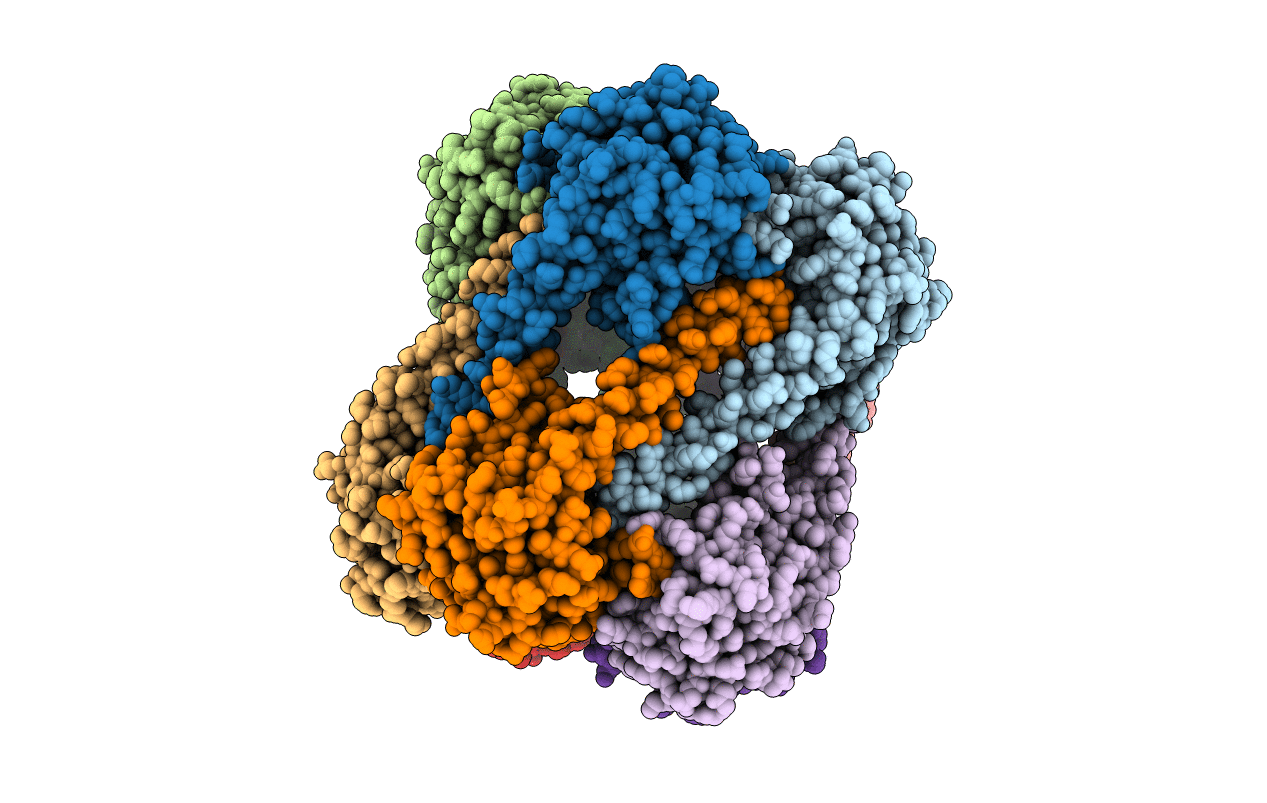
Deposition Date
2017-08-26
Release Date
2018-01-17
Last Version Date
2023-11-22
Entry Detail
PDB ID:
5Y9N
Keywords:
Title:
Crystal structure of Pyrococcus furiosus PbaA (monoclinic form), an archaeal homolog of proteasome-assembly chaperone
Biological Source:
Source Organism:
Host Organism:
Method Details:
Experimental Method:
Resolution:
2.55 Å
R-Value Free:
0.24
R-Value Work:
0.20
R-Value Observed:
0.20
Space Group:
P 1 21 1


